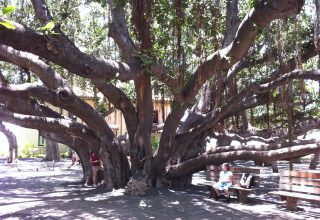
The third and fourth career paths identified by Driver and Brousseau seem to prophesize the shifting 21st century economy and employment picture—though both of these paths were also common (and like the steady state path often unacknowledged ) during the 20th century. The third path (the “Transitory” career concept) might best be described as chaotic. This is sometimes called “the Hobo model” – though many of the people journeying down this path are anything but hobo-ish. They are consultants, inventors, and entrepreneurs. They are truck drivers and project team managers. And we shouldn’t forget the new “traveling salesmen” – those international travelers who hock their wares or their services in all corners of the world (exemplified vividly in the recent movie Up in the Air). When a new opportunity emerges, these men and women immediately jump in and learn to swim very quickly. We would suggest that many coaches fit nicely in this category. We are the early adopters, the folks working on the fringe, the advocates for “following your bliss” – the chaos-thrivers.
Unfortunately, there are many people who are journeying down this path out of necessity rather than choice. There are the women and men who follow military spouses from post to post, picking up work wherever they land. What about the spouses of path one corporate achievers who are required to move from site to site or office to office on their way up the inclined plane? What about the handyman who does whatever is needed to make a few bucks?
This third career path is likely to be even more common in the new economy of the 21st century. Much as the hobos who rode trains during the depression (and were honored in the songs of Woody Guthrie), the new hobos will form subcultures and build short-term partnerships and alliances (as illustrated once again in Up in the Air). More than 40 years ago, Bennis and Slater (1968) predicted the emergence of these subcultures in their description of the “temporary society.” More recently, Thomas Friedman (2005) vividly describes these subcultures in his analysis of the “flat world.” How might an organizational coach tap into these temporary societies that are being formed by the path three workers? Can these non-organizations—often called networks—benefit from the strategies and tools offered by organizational coaches and organization development consultants?
Download Article 1K Club

















